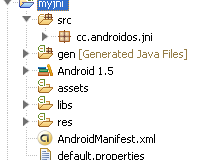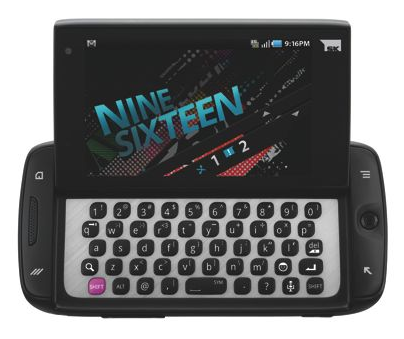編輯:高級開發
ViewGroup是View的一個子類,並提供了無形的容器,容納其他視圖或其他ViewGroup定義布局屬性。
第三個層次,不同的布局是ViewGroup類的子類,一個典型的布局定義為 Android 用戶界面,並且可以在運行時創建,使用 View/ViewGroup 對象可視結構或者可以聲明布局,使用簡單的XML文件main_layout.xml,這個文件在項目res/layout文件夾中。
本教程是更多是關於創建基於圖形用戶界面XML文件的布局定義。布局可以包含任何類型的部件,如按鈕,標簽,文本框等等。以下是一個簡單的XML文件的LinearLayout 例子:
<?xml version="1.0" encoding="utf-8"?> <LinearLayout xmlns:android="http://schemas.android.com/apk/res/android" android:layout_width="fill_parent" android:layout_height="fill_parent" android:orientation="vertical" > <TextView android:id="@+id/text" android:layout_width="wrap_content" android:layout_height="wrap_content" android:text="This is a TextView" /> <Button android:id="@+id/button" android:layout_width="wrap_content" android:layout_height="wrap_content" android:text="This is a Button" /> <!-- More GUI components go here --> </LinearLayout>
布局定義之後,可以從應用程序代碼加載的布局資源,在Activity.onCreate()回調實現,如下所示:
public void onCreate(Bundle savedInstanceState) {
super.onCreate(savedInstanceState);
setContentView(R.layout.activity_main);
}
有一些Android提供的布局,可以使用在幾乎所有的Android應用程序提供不同的視圖,外觀和風格。
每個布局都有一組屬性,它定義布局的視覺屬性。所有布局中,有幾個共同的屬性和其他屬性布局。以下是常見的屬性並可以應用到所有的布局中:
這裡布局/視圖的寬度和高度的尺寸可以指定在DP(密度獨立像素),SP(規模獨立像素),PT(點為1/72英寸),PX(像素),mm(毫米),或(英寸)。
可以指定寬度和高度精確的測量,但更多的時候,使用這些常量作為寬度或高度設置:
android:layout_width=wrap_content 告訴視圖,其內容所需要的尺寸大小本身。
android:layout_width=fill_parent 告訴視圖如其父視圖一樣尺寸大小。
Gravity 屬性定位視圖對象中起著重要的作用,它可以采取一個或多個(“|”分隔)的恆定值,具體如下:
一個視圖對象有一個唯一的ID分配給它,用於唯一識別視圖。ID在XML標簽的語法是:
android:id="@+id/my_button"
以下是@+ 符號的簡要說明:
在符號(@)開頭的字符串表示XML解析器解析和擴展ID字符串的其余部分,將其識別為一個ID的資源。
加號(+)表示,這是一個新的資源名,必須創建並添加到資源中。要創建一個視圖對象的實例,並捕捉到它的布局,使用以下命令:
Button myButton = (Button) findViewById(R.id.my_button);
 在Android中快速獲取手機的高級權限
在Android中快速獲取手機的高級權限
想要快速獲取android手機的ROOT權限嗎?也許因為ROOT教程太復雜,也許因為不會進工程模式,讓我們在使用android手機時感覺像是開別人的車一樣,總不那麼順手
 NDK入門項目實戰(5)
NDK入門項目實戰(5)
ock; margin-left: auto; margin-right: auto; src=/School/UploadFiles_7810/201203/2012
 Android 源代碼結構(2)
Android 源代碼結構(2)
://android.git.kernel.org/ 下紛繁復雜的文件 認識Android源代碼結構之前,先來再熟悉一下android的系統架構吧!android
 Sidekick的故事:從Danger到Android(6)
Sidekick的故事:從Danger到Android(6)
2011 年 2 月,Danger 時代結束。T Mobile 的新 CEO Philipp Humm 實施新計劃,確認了向現有的 Sidekick 用戶關閉 Dang